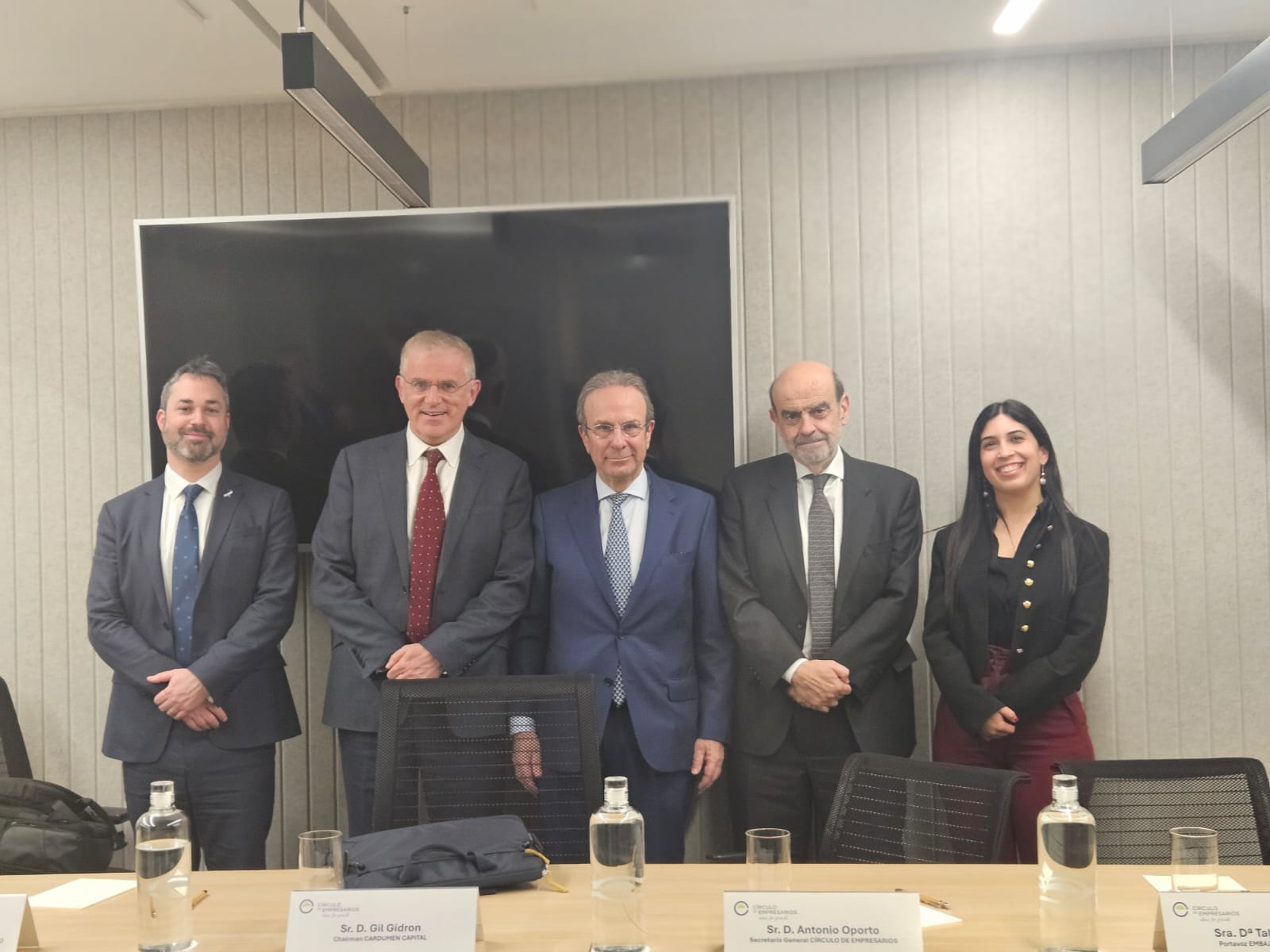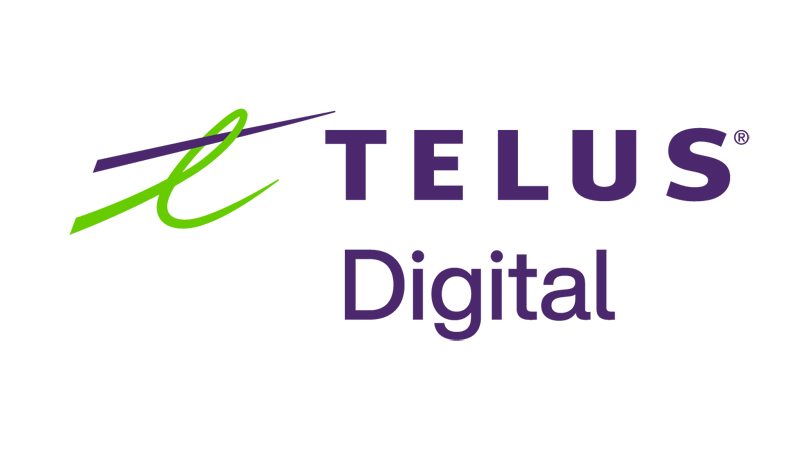AORA opens a demo plant in Almeria to show visiting reps from other countries how its ‘flower power’ makes sunshiny sense.
By Rivka Borochov
Flowers open their petals with the dawning sun. A new solar collector, based on Israeli innovation, is doing something similar today in Spain.
The new ultra-high temperature concentrating solar power (CSP) generating station from Israel’s AORA (https://www.aora-solar.com/) has been installed in the prestigious science park Platforma Solar Almeria in Almeria, Spain.
AORA was the first solar power plant to connect to the grid in Israel, and its technology is a head-turner. The solar collector focuses sun power to a 115-foot-high “tulip” tower. Below the tower, about 50 bright yellow mirrors called heliostats fill a baseball field-sized area, providing sun energy to the tower. These mirrors track the sun and direct it to the top of the tulip, where electrical and thermal energy is produced.
AORA plans on putting its ‘tulips’ in Mexico and the United States this year.
https://www.flickr.com/photos/75061343@N02/6930644087/in/photostream
The AORA technology takes a slightly different approach than the Israeli-founded solar energy company BrightSource, now headquartered in California. Both are based on CSP technology, one of several methods for converting sun power into electrical power that can run our appliances.
Instead of creating megawatts as BrightSource plants do, AORA tulips create kilowatts — about 100 kilowatts of electric power to the grid, and 170 kilowatts of thermal power. In Europe, this is enough for about 50 average homes, but the intention is to have a cluster of these micro-plants powering whole towns and cities. A bonus of this idea is that down-time for maintenance won’t disrupt the energy flow, since each of the stations can be serviced separate from the whole.Thinking small has a number of benefits, AORA CEO Zev Rosenzweig points out. For one, the company’s approach is more efficient. When the sun’s rays reflected off the mirrors have to travel long distances, they lose energy. And AORA plants can be built on or close to a national electricity grid, solving more efficiency problems when power is created in the desert but used in more distant locations.“Right now the configuration is designed to synchronize with the grid. The one in Israel was the first to be attached to the grid in Israel,” he says. “But it can function off-grid too.”And while environmentalists hail renewables as an important alternative to coal or oil, they also recognize that when companies build solar installations on large tracts of desert or other unused land, wild animal habitats are disturbed.That’s another advantage of the AORA platform, which can be built around wildlife corridors and not necessarily on flat land, says Rosenzweig, who was formerly in the nuclear energy business. At first he, too, was skeptical that smaller amounts of power could add up to a good business strategy. But crunching the numbers and the other benefits, he became convinced.
According to Rosenzweig, AORA plants can be built for the same cost as large-scale plants, and possibly even less.“If not, then there would be no point in being in business. But we have an additional ability,” he and Pinchas Doron, chief technology officer of AORA, note: AORA can also create power at night because its hybrid design allows for the use of conventional or biofuels in the absence of sunshine.“In terms of ROI, an investor can use assets 24 hours a day, seven days a week,” says Doron.Rosenzweig adds, “I used to work in small nuclear plants [that generate] 600 megawatts, and when I first looked at this tech my feeling was, this was energy to charge batteries in your kids’ toys. Now here I see we have an asset. If someone makes an investment, they can use it to generate more power.”Doron says that the turbine AORA uses is itself more efficient than a typical 400-megawatt turbine. When you add in the factors of not losing energy over distance, and being close to the grid, the efficiency of the plant can be better than that of bigger plants.






